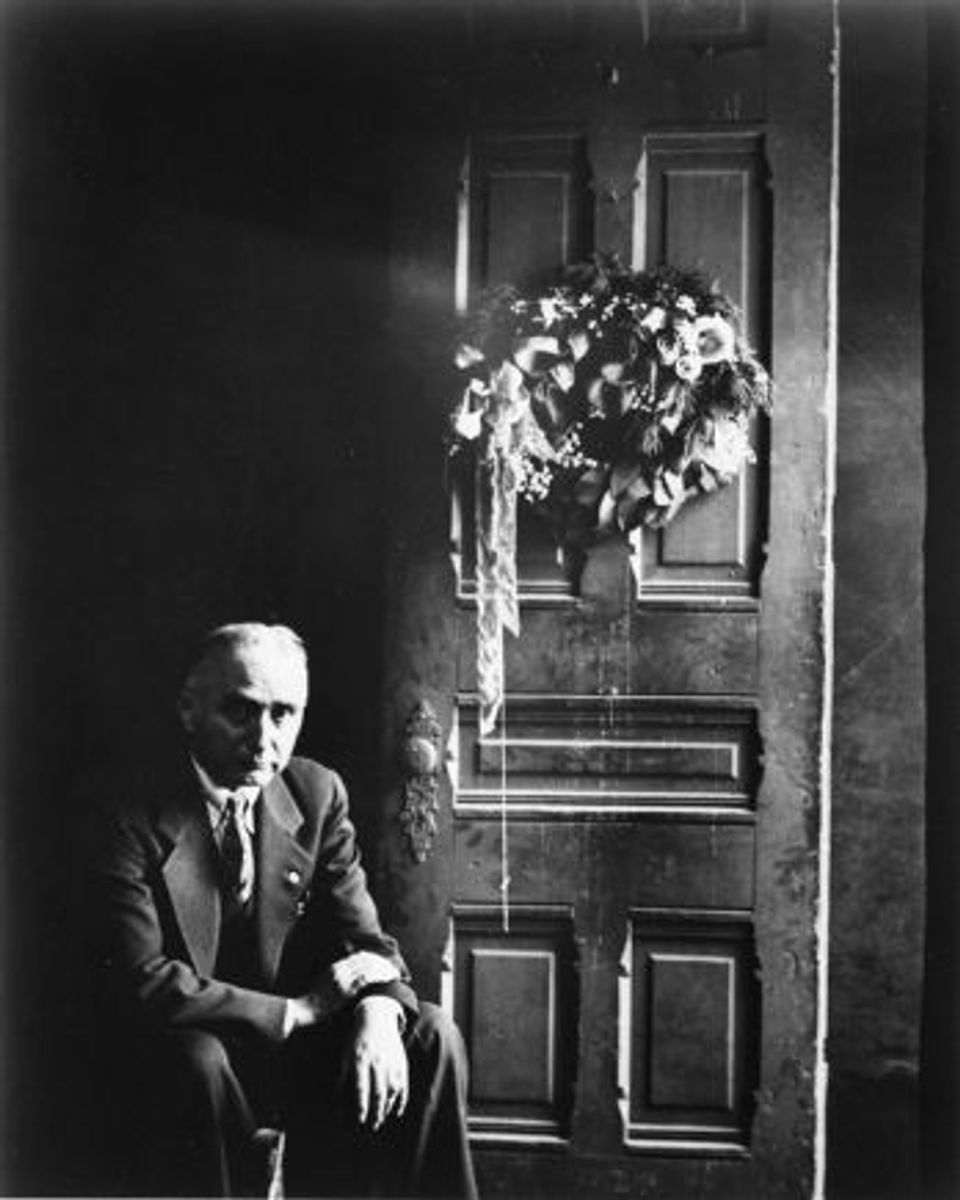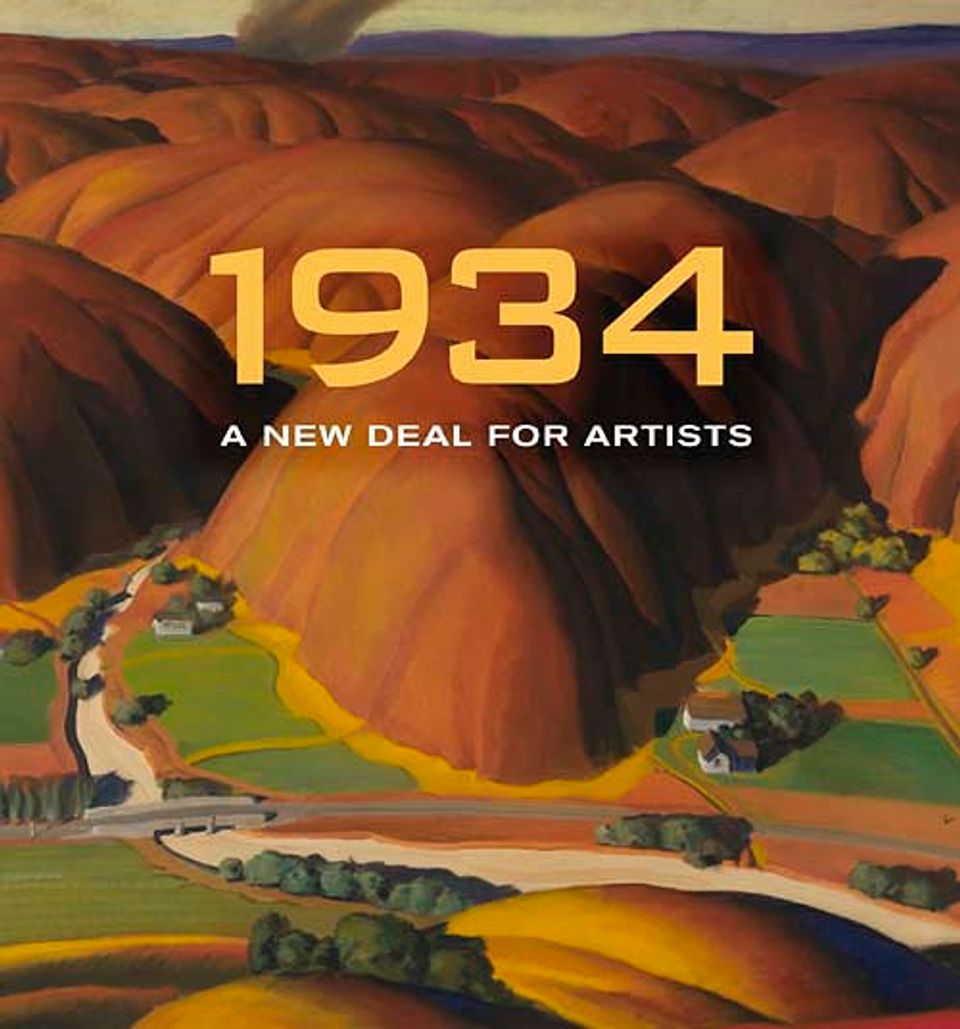Ivan Albright

- Biography
Ivan Albright's father was a painter, and the young artist often modeled for him, alongside his identical twin brother, Marvin. Ivan grew tired of people asking if he was going to be an artist like his father, and so decided to study architecture instead. He finally realized that painting was his "only resource," however, and transferred to art school, closely followed by his brother. They built adjoining studios in Warrington, Illinois, and had a very supportive relationship, even though each twin kept the other from entering his workspace. Albright was fascinated by the aging process and created images of everyday people that highlighted every wrinkle, hair, blemish, and bulge. He worked slowly, completing one square inch every ten hours, and some canvases took more than a decade to finish. He enjoyed painting figures and still lifes, and when asked to explain why he did not create many landscapes, he said: "I find that my thumb close up is as big as the highest mountains . . . I would in that case rather paint my thumb, because I can get around it easier and see what it is all about." (Van der Marck, "Ivan Albright: More than Meets the Eye," Art in America, 1977; Donnell, Ivan Albright, 1997)














